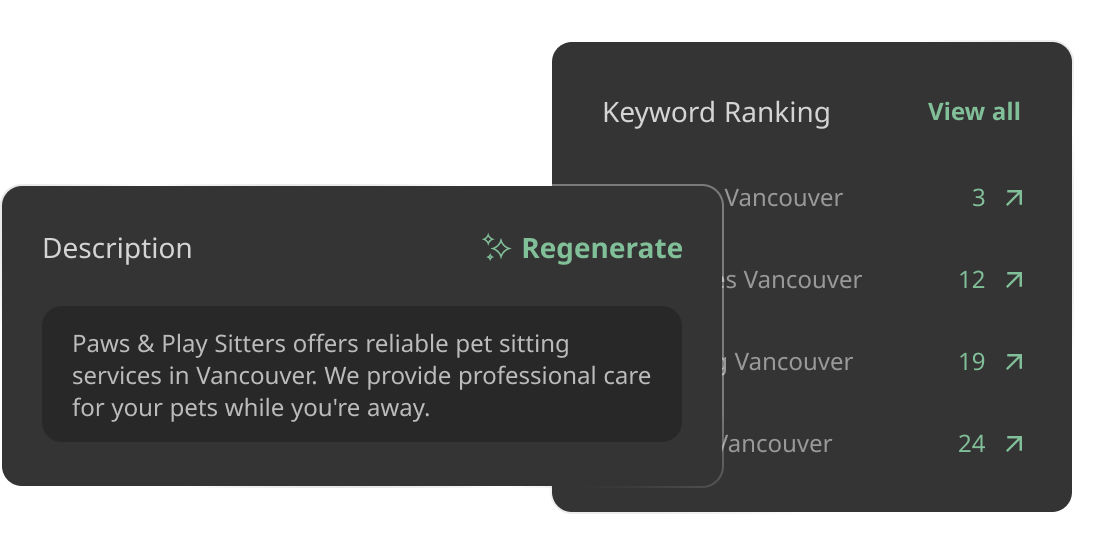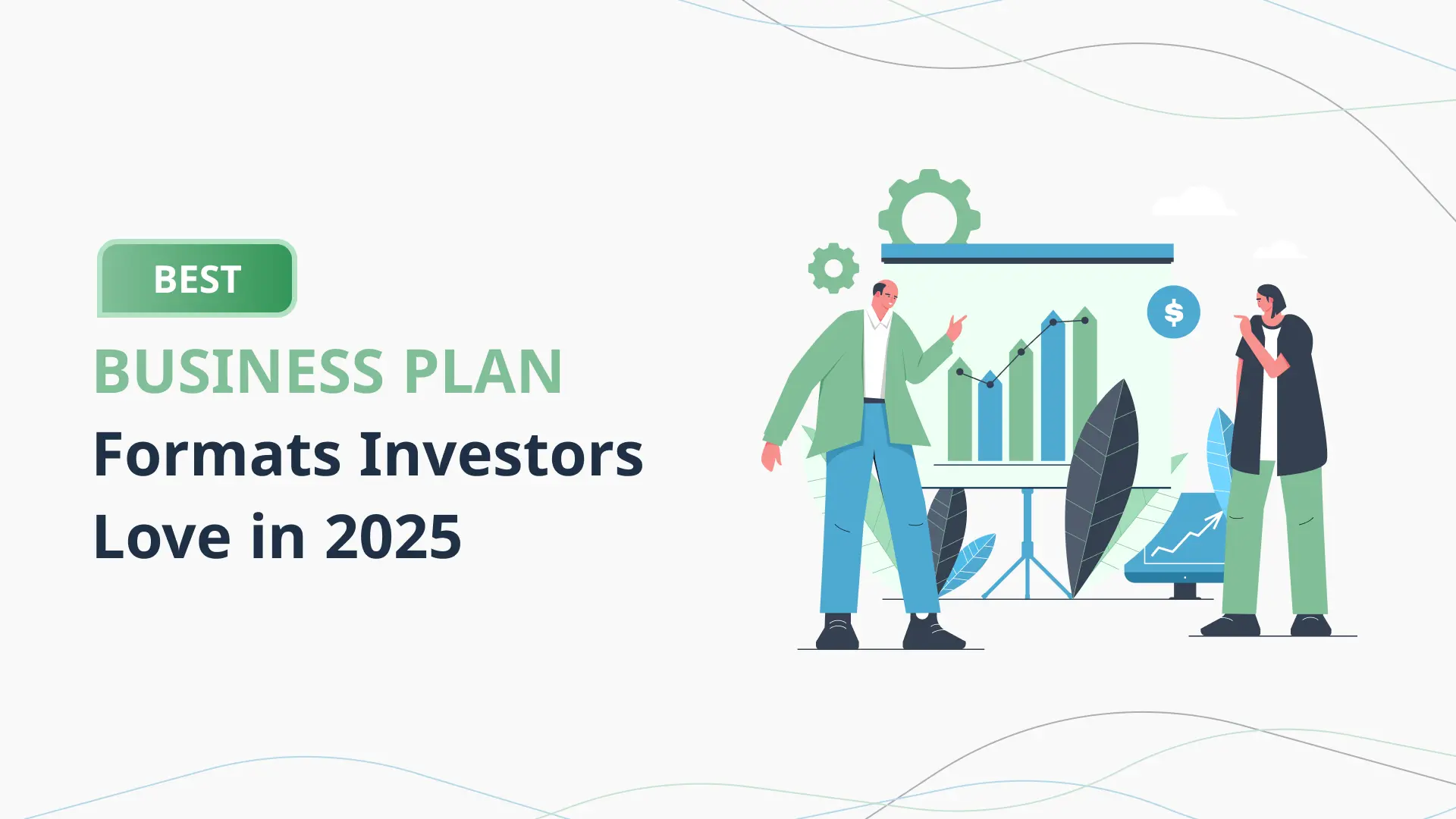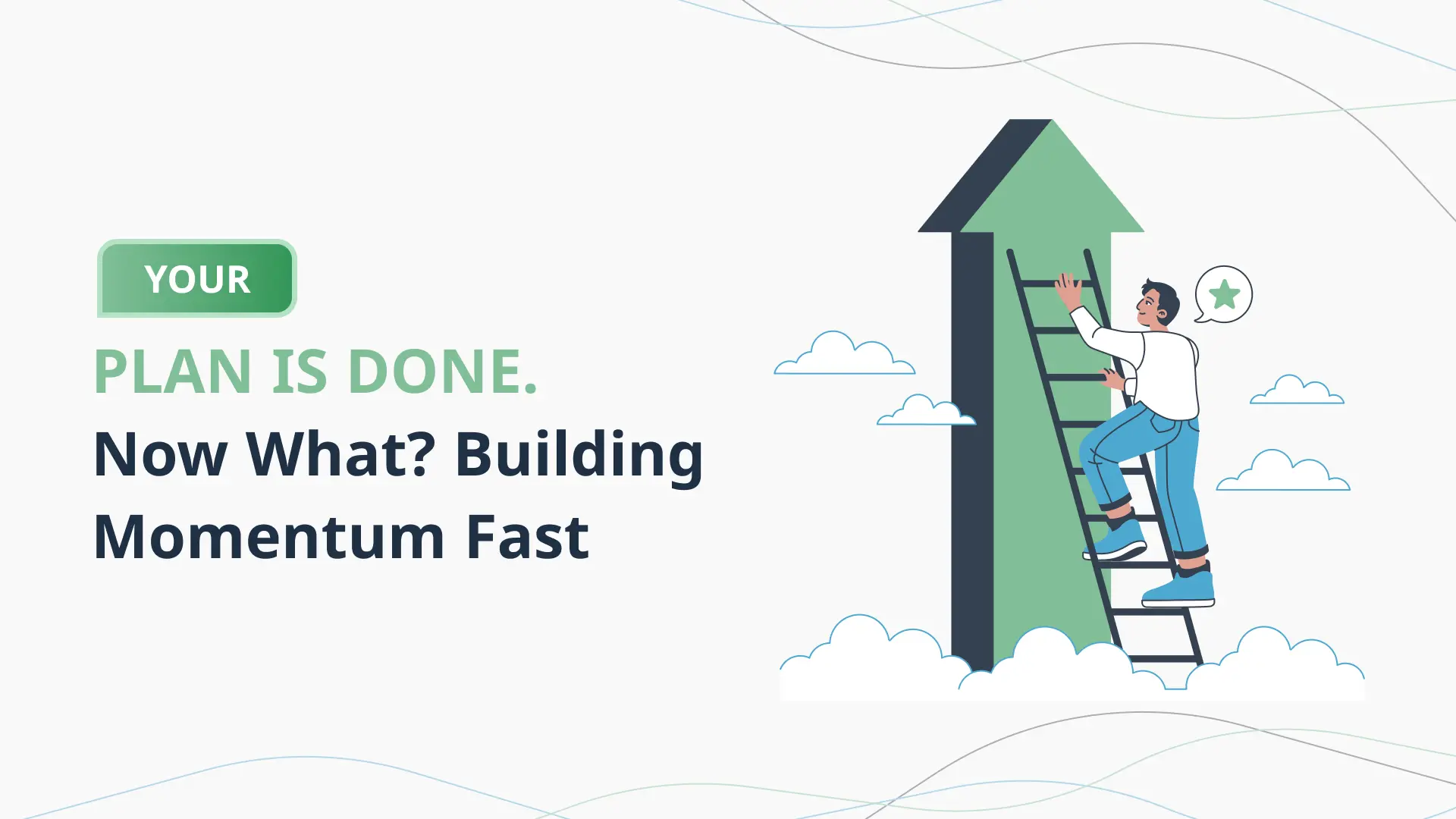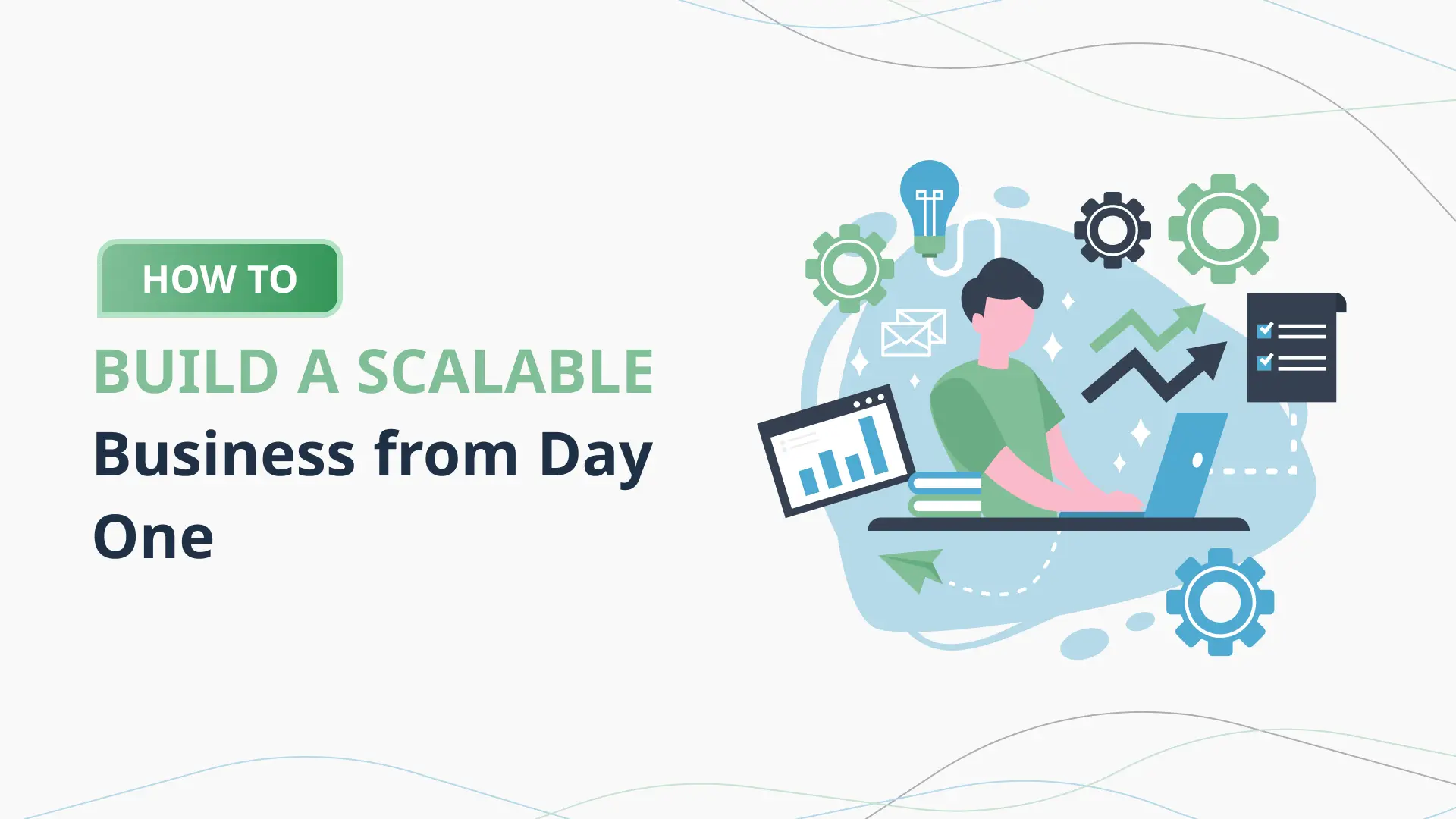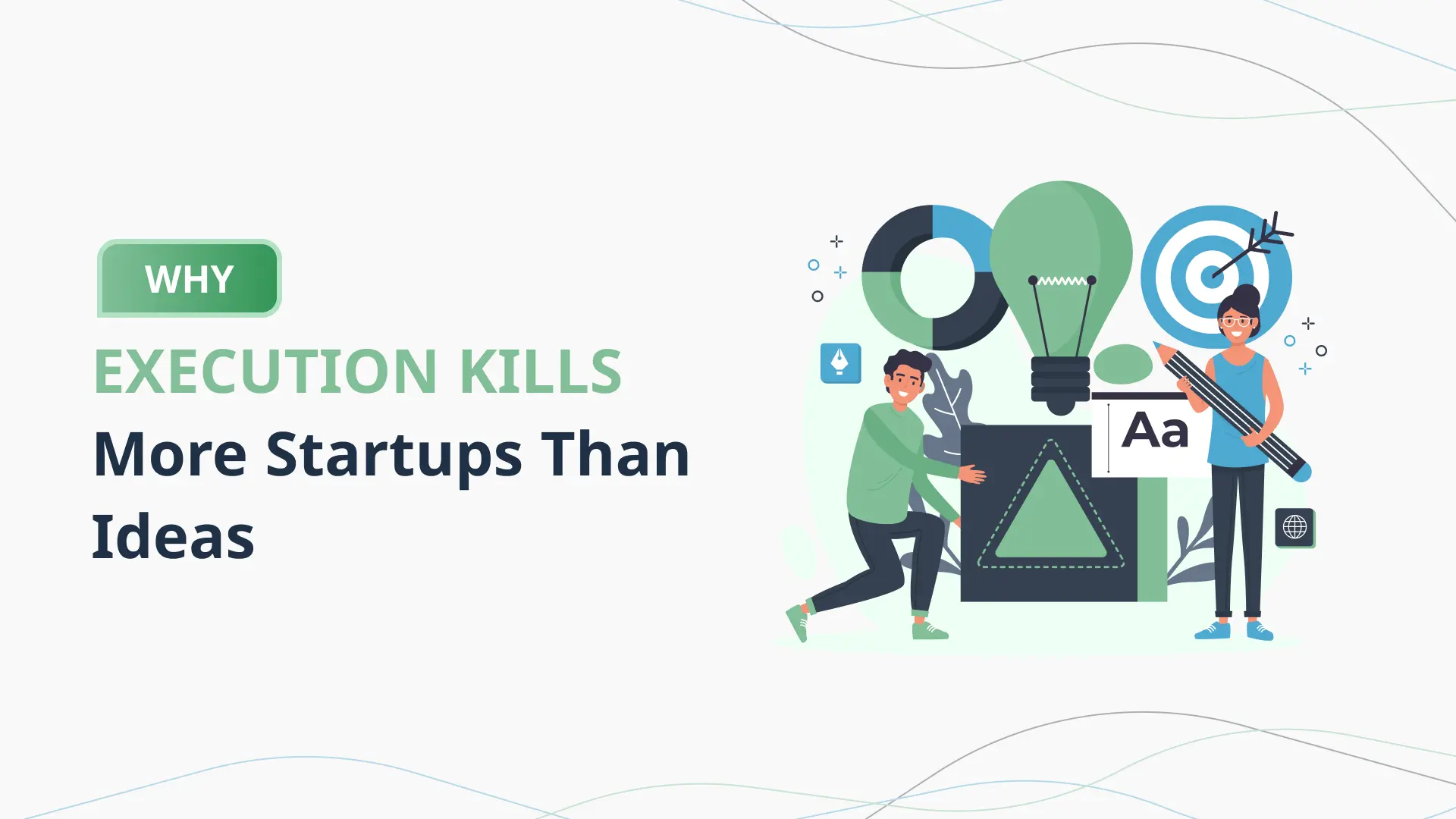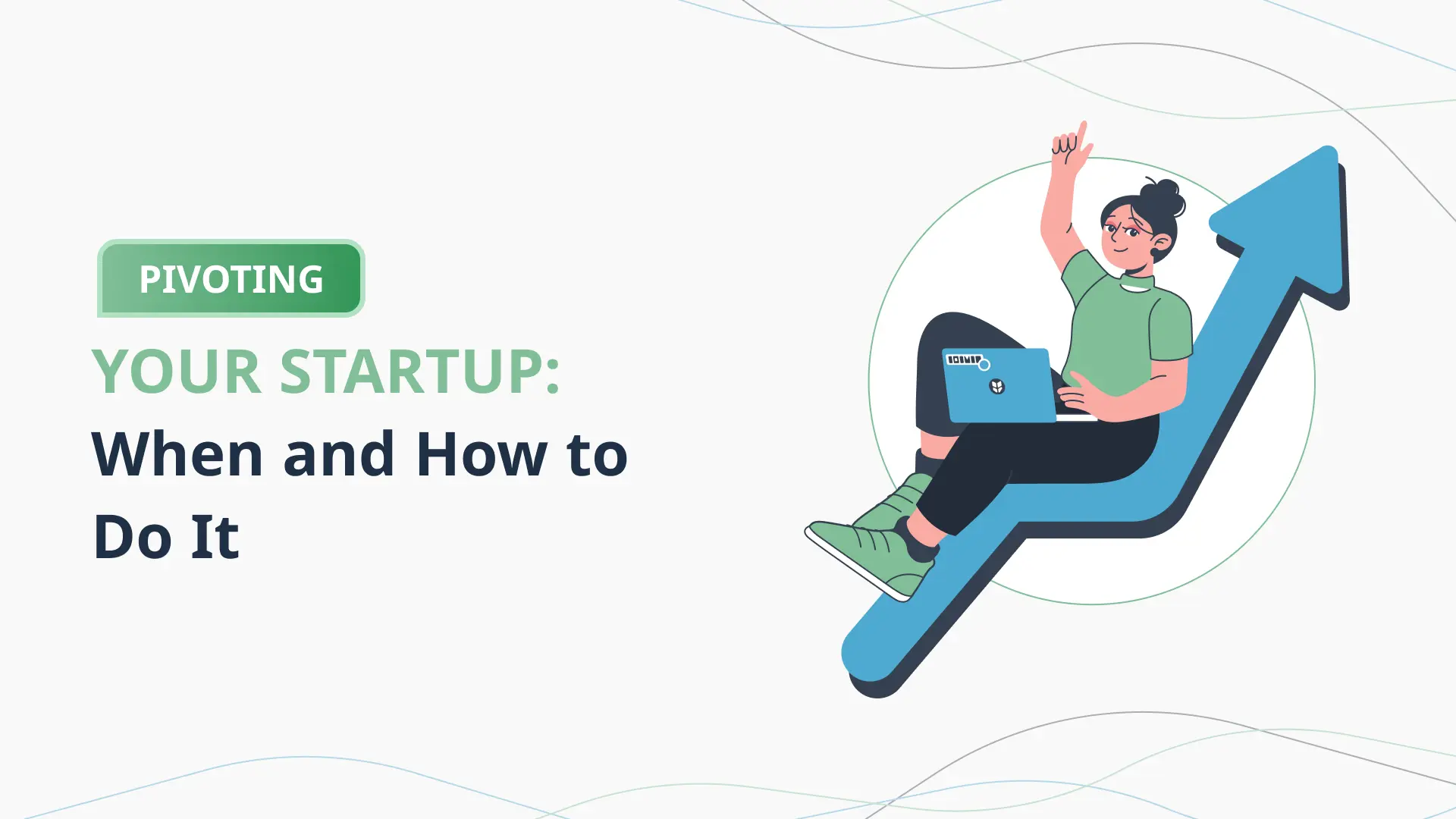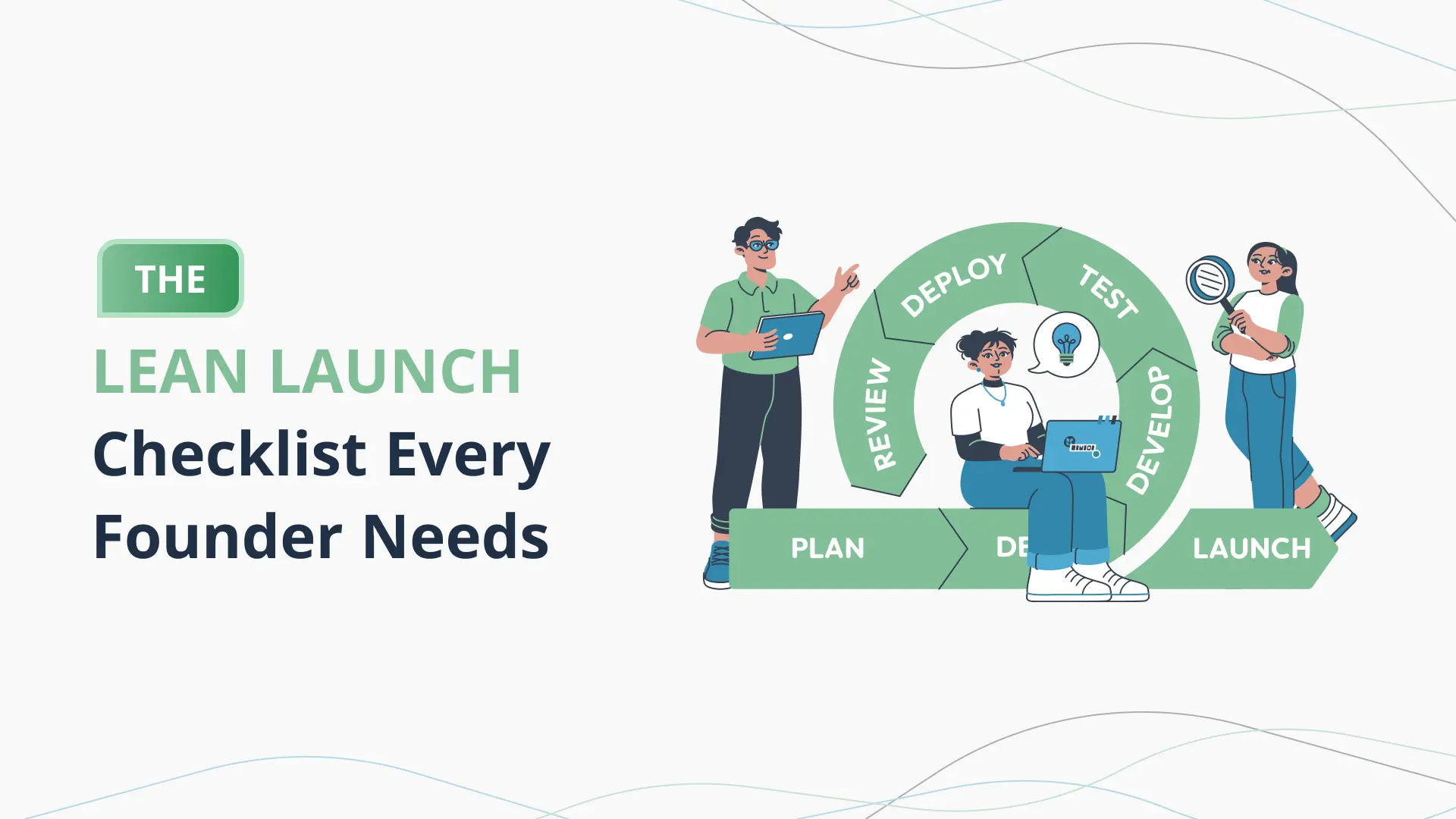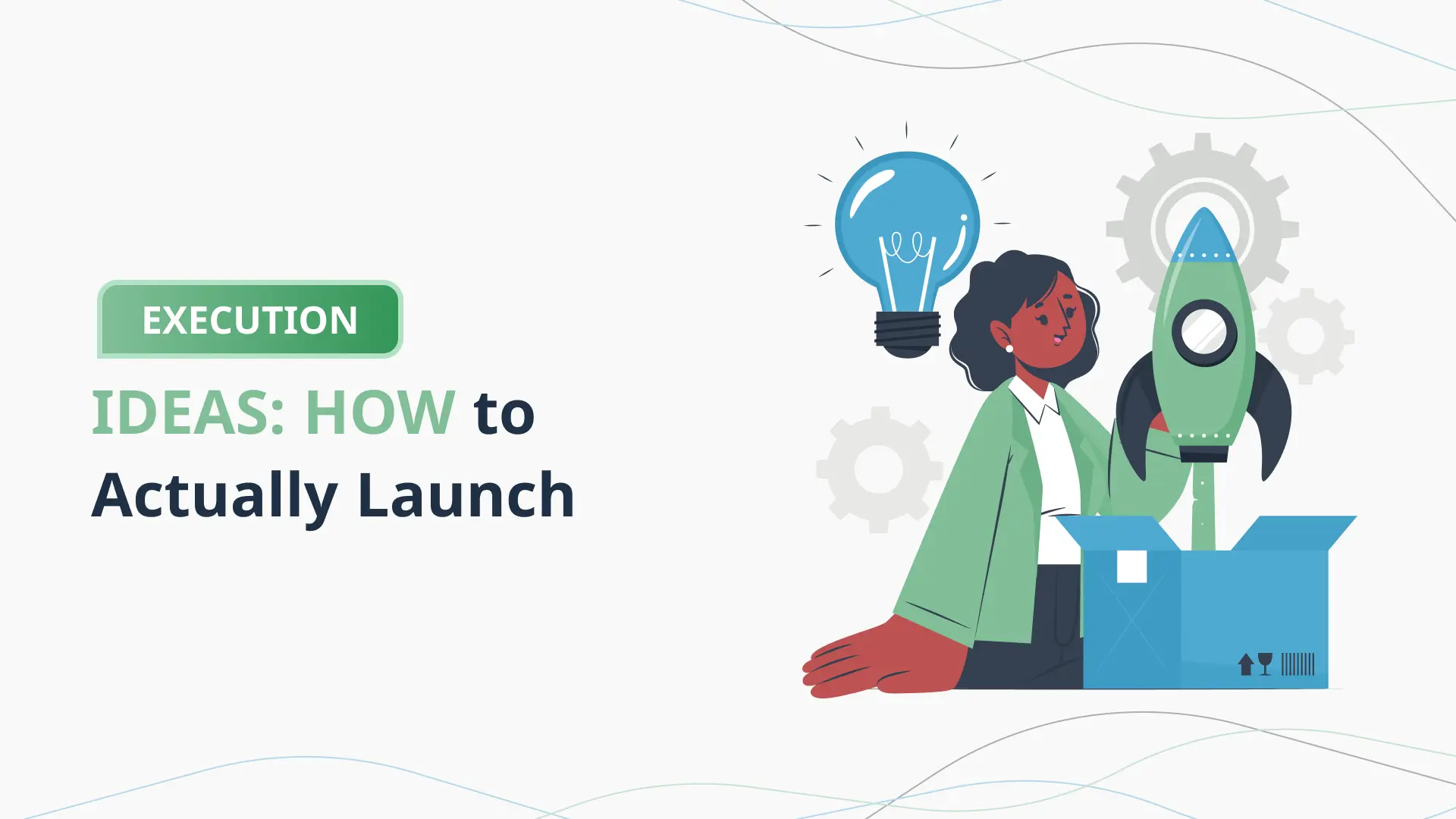The Only Business Plan Template You’ll Ever Need
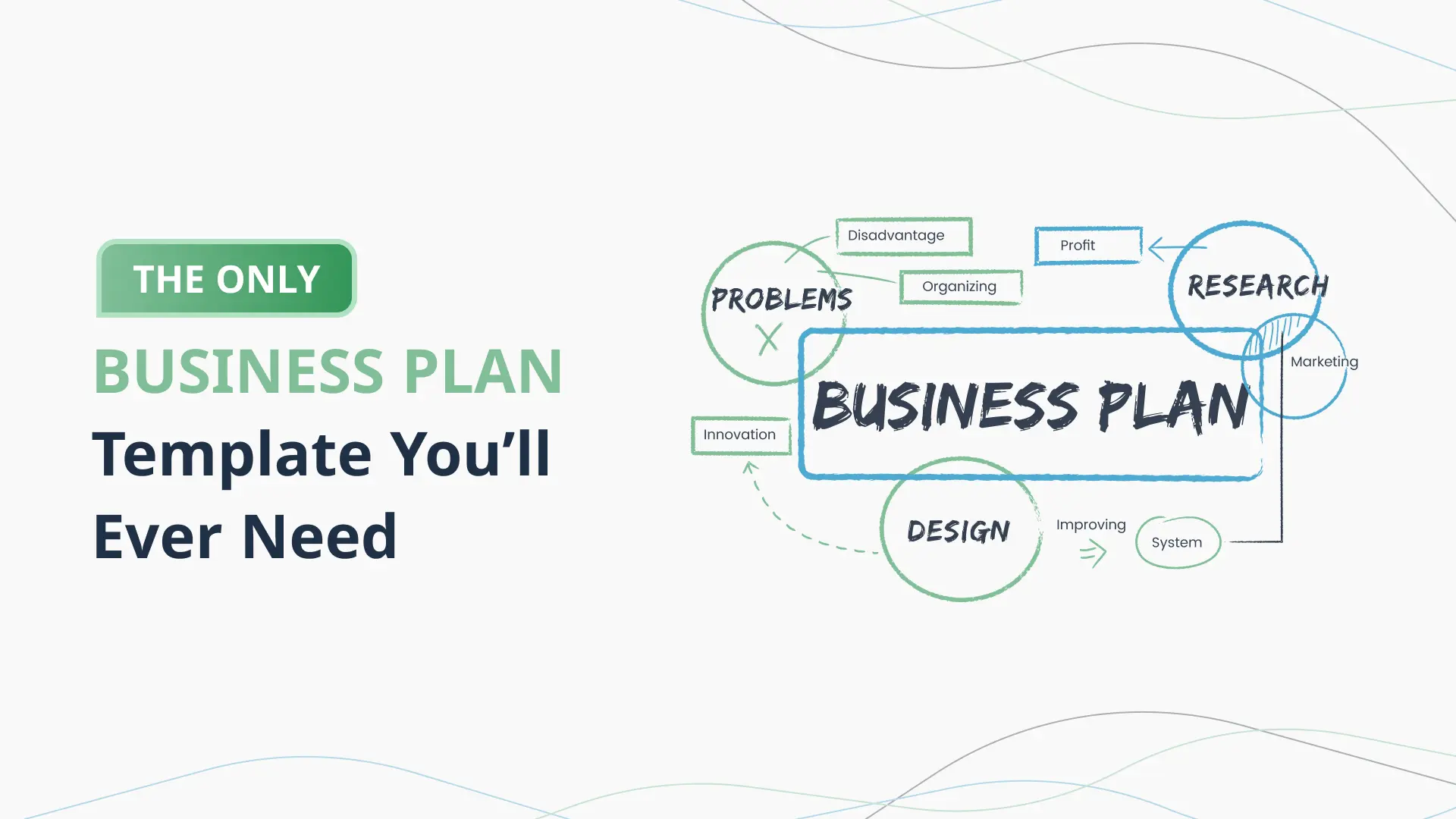
Introduction
Let’s be real—writing a business plan can feel like the most intimidating part of launching a startup. You’ve got the idea, the energy, maybe even a team ready to roll. But then someone asks to see your business plan… and everything suddenly feels overwhelming.
If that’s where you’re at, you’re not alone.
Most founders hit this exact wall. It’s not that you don’t believe in your idea or lack ambition—it’s that traditional business planning feels like trying to pour creativity into a spreadsheet. It’s rigid. It’s dull. And honestly, it feels outdated for today’s fast-moving, digital-first world.
But here’s the truth: a business plan doesn’t have to be complicated, boring, or overwhelming. In fact, done right, it becomes one of the most useful and empowering tools you’ll have as a founder. It’s your roadmap, your checklist, your elevator pitch, and your safety net—all in one.
Think of it like this: when you’re building something that doesn’t exist yet, you need more than hope and hustle. You need structure. A plan gives you clarity. It forces you to answer the big questions before the market asks them for you. And if you’re talking to investors, banks, or even early team members, having a business plan signals that you’ve thought things through—that you’re not just dreaming, you’re building.
Now, we get it. Not everyone is a spreadsheet wizard or a financial modeling nerd. That’s where smart tools come in. Modern AI-powered solutions like PlanVista have completely changed the game. Instead of staring at a blank page or hunting for the “perfect” template online, you can walk through an interactive, intelligent process that helps you get your thoughts out of your head and into a business-ready format—fast.
In this blog post, we’re going to show you exactly how to do that.
We’ll break down:
- What a modern business plan actually looks like
- How to write one without losing your mind
- Common mistakes to avoid (yes, there are a few)
- A real-world example of how a founder used a plan to unlock funding
- And how PlanVista can help you move faster and smarter with built-in tools for projections, pitch decks, and more
You’ll leave with a business plan template that doesn’t just tick the boxes—but actually works for your business. Whether you’re pitching investors, applying for funding, validating your business idea, or simply getting your strategy in order, this post is for you.
And if you need hands-on support along the way—like help validating your idea, building your MVP, or scaling your digital presence—companies like PlanVista are quietly helping founders go from idea to launch with smart, no-drama solutions.
So, take a deep breath. You’ve got this.
Let’s build a plan that works.
How to Build Your Business Plan Step by Step
Let’s cut to the chase: the fastest way to write a business plan that actually works is to stop thinking of it as one giant project. Instead, think of it as a series of simple, logical steps. One piece at a time. One decision at a time.
That’s how the pros do it—and it’s exactly how we’re going to do it here.
Here’s how to break it down:
Step 1: Executive Summary
Don’t overthink this part—it’s just a snapshot of your business. In a few short paragraphs, tell us what you’re building, who it’s for, and why it matters. Think of it like your elevator pitch, but on paper. Ironically, you’ll write this last, once everything else is in place. For now, just keep it in mind.
Step 2: Company Description
This is your chance to tell your story. Why did you start this business? What problem are you solving? What makes you different from what’s already out there? Keep it honest and compelling. Mention your location, legal structure (LLC, S-Corp, etc.), and a bit about your current status—are you in pre-launch, already operating, or scaling?
Step 3: Market Analysis
Here’s where things get serious. This section proves you’ve done your homework. Define your target market. Who are your customers? What are their habits, pain points, and motivations? Then talk about your competition. Not just who they are, but how you’re going to win. A good AI business plan tool like PlanVista can help you automate this analysis with real data and industry insights.
Step 4: Organization and Management
Whether it’s just you or a full team, this section shows how your company is structured. List roles and responsibilities. Mention any advisors or key hires. And if you have a co-founder, clarify how responsibilities are divided. Investors love to see that leadership has been thought through.
Step 5: Products or Services
Time to get specific. What exactly are you selling? How does it work? Why does it matter to your audience? If you’ve already validated your idea or created a prototype, say so. And don’t forget to mention any intellectual property—like patents, trademarks, or trade secrets.
Step 6: Marketing and Sales Strategy
How will people find you? And how will you convince them to buy? This section covers your go-to-market strategy. Include channels (social media, email, paid ads), pricing models, and how you’ll track results. Be specific—“we’ll grow through word of mouth” isn’t a strategy.
Step 7: Financial Projections
This is where most founders freeze up—but don’t. You don’t have to be an accountant. Just use tools like PlanVista’s financial projections software to generate forecasts, cost breakdowns, and revenue estimates. Include profit/loss statements, a break-even analysis, and cash flow projections. Keep it realistic. Show your assumptions.
Step 8: Appendix
Add any extras here—charts, product mockups, research findings, founder bios, permits. It’s a catch-all section for anything that supports your plan but doesn’t fit neatly elsewhere.
The point of all this? Build momentum. Writing a business plan doesn’t have to be a marathon—it just needs a clear starting line.
Common Mistakes to Avoid
Let’s get something out of the way: writing a business plan isn’t rocket science, but there are some surprisingly common pitfalls that trip up even experienced founders. These mistakes don’t just slow you down—they can weaken your pitch, cost you credibility, or cause you to build on shaky ground.
So before you get too deep, here’s a list of red flags to watch for (and how to avoid them).
Mistake 1: Being Vague or Overly General
A lot of new entrepreneurs fall into the trap of making statements like, “We’re going to dominate the market,” or “Our product is revolutionary.” That might sound exciting, but it doesn’t say much. Investors, advisors, and even your future self need more than hype—they need details. What exactly makes your product unique? What’s your actual path to growth? Be specific. Clarity wins every time.
Mistake 2: Skipping the Market Research
Guessing who your customer is or assuming the market wants what you’re selling is risky business. Real market research isn’t optional—it’s foundational. Use surveys, trends, competitor analysis, and user interviews to validate your idea. Better yet, let a business plan generator like PlanVista help you synthesize that data into something readable and strategic.
Mistake 3: Unrealistic Financial Projections
It’s tempting to show big numbers to impress investors. But if your forecast shows millions in profit within year one and you haven’t launched yet, people will notice. Investors don’t expect you to be wildly profitable right away—they expect your numbers to make sense. That’s where AI business plan tools shine. With software like PlanVista, you get structured, reasonable projections based on real data and solid assumptions.
Mistake 4: Ignoring Your Competitors
Even if your idea feels brand new, you have competition. It might not be a company—it could be a habit or a workaround. Saying “we have no competitors” doesn’t make you look innovative; it makes you look uninformed. Instead, acknowledge who’s already in the space and explain how you’re different.
Mistake 5: Treating the Plan as a One-Time Thing
A business plan isn’t something you write once and file away. It’s a living document. Markets change. Your product evolves. Customers behave in ways you didn’t expect. That’s why smart founders revisit and update their plans regularly—especially after major milestones or pivots.
Mistake 6: Leaving Out the Marketing Strategy
“We’ll grow through word of mouth” isn’t a strategy—it’s a hope. A solid business plan includes how you’ll reach people, what channels you’ll use (email, content, social, paid ads), and how you’ll convert leads into customers. If marketing isn’t your strong suit, tools like PlanVista can guide you through proven frameworks and tactics.
Mistake 7: Doing It All Alone
You don’t have to go it alone. Whether it’s reaching out to a mentor, using automated business planning software, or bringing in a partner like for digital or technical support, building with help is a smart move—not a weakness.
Avoid these traps and your business plan won’t just look good—it’ll work better.
How Thousands of Founders Use PlanVista to Plan Smarter
There’s a reason thousands of founders—from solo entrepreneurs to seed-stage startups—are turning to tools like PlanVista to handle their business planning.
Let’s be honest: writing a business plan from scratch is tough. Even if you know your business inside out, organizing it into a polished, professional plan is time-consuming and often frustrating. That’s where PlanVista flips the script.
Rather than starting with a blank page, PlanVista gives you a guided, AI-powered experience. You input your business details—what you do, who you serve, what your goals are—and it walks you through each section of a business plan with smart prompts, examples, and templates tailored to your industry. It’s like having a business strategist built into the platform.
What Founders Love About It
One of the biggest pain points for entrepreneurs is figuring out how to present their financial projections. You might have a sense of your pricing, overhead, and potential revenue, but turning that into a detailed cash flow or profit-and-loss statement? That’s a whole different game.
PlanVista’s financial projections software solves this instantly. You don’t need to be an accountant. You plug in your assumptions, and it builds out revenue forecasts, breakeven analyses, and even multi-year financial outlooks. These are the kinds of numbers investors look for—and PlanVista makes sure they’re both realistic and presentation-ready.
Need to share your plan with investors, banks, or accelerators? Done. PlanVista gives you an investor-ready output, complete with clean formatting, visual charts, and a built-in pitch deck creator online. You can even generate a one-pager or a slide deck directly from your business plan, which means you’re always ready for that unexpected pitch meeting.
Founders also rave about the time-saving templates. Whether you’re building a DTC eCommerce brand, a SaaS product, or a local service business, PlanVista adjusts to your model. No more copying-and-pasting from outdated PDF templates. Everything lives in one place, and it’s easy to update as your business grows.
And because it’s all online, PlanVista makes it collaborative. You can invite co-founders, advisors, or team members to work on your plan together. Whether you’re sitting in the same room or across the globe, everyone stays on the same page.
Why It Works for Early-Stage Startups
Startups move fast—and they pivot often. Traditional business planning methods don’t keep up with that pace. PlanVista is built for agility. You can revise your plan in real time, experiment with different financial models, and test out go-to-market strategies without rebuilding your entire document.
That’s why founders don’t just use PlanVista once—they come back to it as their business grows.
If you’re serious about validating your business idea, getting funding, or just staying focused in the chaos of early-stage life, PlanVista is the startup planning tool you didn’t know you needed—but won’t want to build without.
Why PlanVista Is the Smarter Choice
There are a ton of business plan templates and tools floating around the internet. Some are free. Some are confusing. Most are outdated. So what makes PlanVista different?
In one word: smarter.
PlanVista wasn’t built for big corporations with legal teams and boardrooms full of execs. It was built for you—the solo founder, the scrappy startup, the small team trying to make a big impact. It’s fast, modern, and designed to solve the real challenges early-stage entrepreneurs face when trying to get their ideas off the ground.
Let’s break down what makes it the go-to business plan generator for thousands of founders.
1. AI-Powered Automation That Actually Helps
We’ve all seen “smart” tools that aren’t so smart. PlanVista changes the game with real AI assistance that adapts to your inputs. You tell it your business idea, and it helps shape the strategy, not just the formatting. It offers data-driven suggestions for market analysis, helps refine your customer persona, and even gives recommendations on pricing models and marketing channels.
Instead of staring at a blank screen, you get intelligent guidance that keeps you moving forward.
2. Built-In Financial Projection Tools
This is a game changer. For most founders, the financials are the hardest part of any business plan. PlanVista includes built-in financial projections software that’s actually easy to use. You input your assumptions—like pricing, expected customer numbers, and costs—and it does the heavy lifting.
Within minutes, you’ll have:
- Revenue forecasts
- Expense summaries
- Cash flow charts
- Break-even analyses
- 12–36 month financial outlooks
And yes, they look investor-ready—because they are.
3. Beautiful, Investor-Ready Output
Let’s be honest: presentation matters. Whether you’re emailing a PDF to a VC or printing something for a bank meeting, how your business plan looks can influence how seriously it’s taken.
PlanVista outputs a clean, professional document, complete with charts, branding, and a clear structure. It’s everything your pitch deck should support—without needing to hire a designer or fiddle with PowerPoint.
4. Startup Planning Tools for Every Stage
Whether you’re in the ideation stage, preparing to launch, or already generating revenue, PlanVista adjusts to where you are. Early-stage founders can use it to validate business ideas. Growth-stage startups can use it to refine their model and prep for funding rounds.
It’s not a one-size-fits-all tool—it’s a flexible, evolving workspace designed for real startup journeys.
5. Trusted by Founders and Startup Coaches Alike
PlanVista isn’t just another piece of software—it’s becoming a movement in how modern business planning gets done. It’s trusted by accelerators, startup mentors, and solo founders around the world who need fast, reliable, no-BS planning tools that work.
Bottom line? If you’re serious about your startup, PlanVista isn’t just helpful—it’s essential.
Bonus Tips for a Winning Business Plan
By now, you’ve got the structure, the steps, and the tools. But here’s the truth most guides don’t mention: the difference between a good business plan and a great one often comes down to the small stuff. Those extra touches, strategic decisions, and pro-level habits that signal to others—and to yourself—that you’re building something serious.
Here are some bonus tips to help you take your business plan to the next level.
1. Make It a Living Document
Your business plan isn’t a time capsule. It’s not meant to sit in a folder collecting dust. The best founders revisit and update their plans regularly—every time they learn something new, pivot their strategy, or hit a major milestone.
Use PlanVista’s online interface to update your plan as you go. That way, your vision evolves with your business—and you’re always ready for that investor meeting or partner call.
2. Use Data to Strengthen Your Assumptions
Anyone can guess what the market wants. Smart founders prove it. Back up your claims with real data—customer surveys, industry trends, keyword research, or analytics from MVP launches.
Most business planning software stops short here. But tools like PlanVista help you integrate research and stats directly into your market analysis section, so your plan reads less like a hunch and more like a strategy.
3. Tell a Clear, Compelling Story
Facts matter—but so does narrative. Your business plan should tell a story: here’s the problem, here’s why it matters, here’s how we solve it. Add in your motivation and vision. Paint a picture of where this company is headed.
Your story is what makes people care. It’s what helps investors remember you when they’ve seen 20 decks in a day.
4. Set Milestones and Micro-Goals
Don’t just aim for “launch the product” or “reach $1M in revenue.” Break it down. What does the next 30, 60, and 90 days look like? What are your first five hires? What are your funding targets per stage?
This kind of goal-setting adds structure, clarity, and a sense of urgency. It shows you’re not just dreaming—you’re executing.
5. Design Matters (More Than You Think)
We’re visual creatures. A clean layout, professional formatting, and well-designed charts make your plan more readable and more credible.
That’s why PlanVista’s templates are such a game changer. You don’t need to be a designer—they’ve done the heavy lifting for you. Whether it’s your business plan, financial projections, or pitch deck, it all looks polished right out of the box.
6. Know When to Ask for Help
You don’t have to do this alone. Partnering with a team like who specialize in startup planning tools, MVP development, and digital scaling—can help take your business from plan to product faster than trying to figure it all out solo.
Whether you need a landing page, mobile app, or investor-ready site, surround yourself with support that gets startup life.
Conclusion: Your Plan Is More Than a Document
So, let’s zoom out for a second.
You came here looking for the only business plan template you’ll ever need. Hopefully by now, you see that it’s not just about the template—it’s about what the plan does for you. It’s not a formality. It’s not paperwork for your loan officer. And it’s definitely not something to be done once and forgotten.
Your business plan is your foundation.
It’s the blueprint that turns “I have an idea” into “I’m building something real.” It’s how you turn goals into strategy, strategy into tasks, and tasks into progress. Whether you’re trying to validate your business idea, get your first investor check, or simply make better decisions day to day, your plan is the compass that keeps you pointed in the right direction.
And the good news? It doesn’t have to be painful.
With tools like PlanVista, business planning is no longer a slow, manual, spreadsheet-filled nightmare. Instead, it’s interactive. It’s guided. It’s smart. You get clear direction at every step, AI-assisted suggestions based on your business type, and automated financial projections that make sense—even if math isn’t your thing.
Plus, PlanVista’s built-in pitch deck creator, investor-ready formatting, and real-time collaboration features mean your plan is always ready when opportunity knocks. Whether you’re applying for a grant, sitting down with a mentor, or walking into an investor meeting, you’ll show up prepared—and confident.
Let’s not forget the digital build side of the equation. Your business plan is step one. But turning that plan into an actual product, service, or online experience? That’s where teams like PlanVista shine. They’re the behind-the-scenes tech crew that helps founders build everything from MVPs and web apps to investor-ready platforms—quickly, cleanly, and affordably.
So as you wrap up this guide, here’s what we want you to remember:
- Your idea matters. But your plan makes it real.
- You don’t need to figure it all out manually. Smart tools exist to help.
- Great plans don’t just impress investors—they keep you focused.
- The best founders aren’t solo heroes. They build with support.
Wherever you are in your journey—whether you’re scribbling ideas on napkins or getting ready to pitch VC firms—now is the time to build a plan that actually works for you.
And you don’t have to start from zero.
Start planning smarter with PlanVista. Try it now—no credit card required.
FAQs
PlanVista is an AI-powered tool that helps founders create business plans, financial projections, and pitch decks—fast.
Not at all. PlanVista guides you step-by-step, no MBA required.
Yes! Your plan is exportable, professionally formatted, and investor-ready.
Absolutely—just enter your data and PlanVista builds clear, reliable forecasts.
Yes, you can try PlanVista free—no credit card needed.
